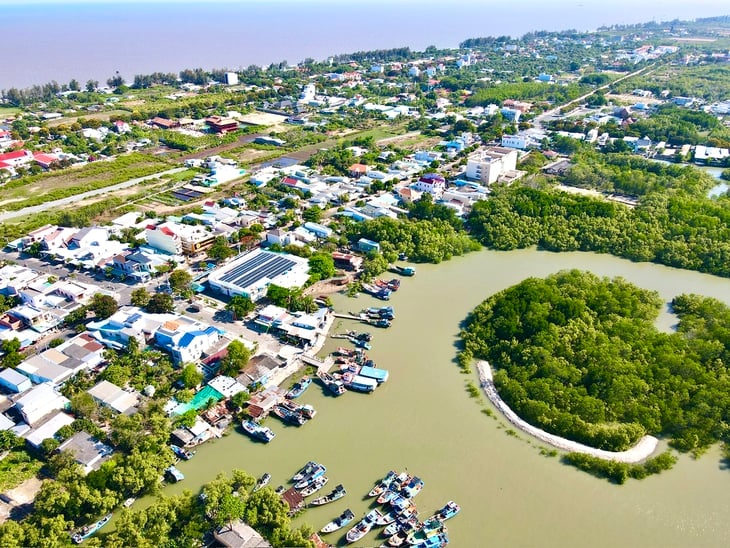
Can Gio will become one of four free trade zones. In the photo: Can Thanh fishing port area - Photo: TTD
But Ho Chi Minh City needs to have the right initial steps so that these FTZs can soon come into effective operation.
Bringing FTZ from theory to practice
Sharing with Tuoi Tre , Dr. Vu Kim Hanh Dung - head of the international trade law department at the University of Economics and Law (VNU-HCMC) - said that in the region there are many different FTZs, so the problem is the competition in policies between countries.
According to the planning, Ho Chi Minh City will have 4 free trade zones: Can Gio area, Cai Mep Ha area associated with the seaport, Binh An area and Bau Bang area. Ho Chi Minh City's proposal of 4 FTZs with 4 different functions, depending on each area, is a smart and appropriate proposal, but it should also be noted that each FTZ should have policies and legal frameworks that are suitable for the goals of that FTZ.
"HCMC should start with a small pilot to reduce risks, verify policy effectiveness and build a practical database before expanding. The pilot will help adjust the legal framework, attract initial investment and create momentum for diffusion," said Ms. Dung.
Accordingly, Can Gio area can learn from the Shanghai FTZ model how to build a pilot mechanism that goes beyond the national legal framework, prioritizes technology and finance to spread growth to neighboring areas, and at the same time applies a pilot model to test effectiveness before expanding.
Cai Mep Ha area with available seaport and good infrastructure can learn from Singapore's FTZ model by focusing on logistics and free trade to connect with seaport; reducing administrative procedures to attract investment quickly; completely exempting tax for goods in storage/transit, allowing 100% foreign ownership; integrating logistics and offshore finance; transparent legal framework, few administrative barriers.
In the eyes of investment consultants such as Mr. Vlad Savin, partner at Acclime Vietnam Company, the establishment of 4 FTZs in Ho Chi Minh City is a bold policy move. This expert suggested that the first step for Ho Chi Minh City to effectively turn the above plan into reality is to establish a solid legal framework, which clearly defines the procedures, management mechanisms and investment incentives suitable for the FTZs.
According to Mr. Vlad, Vietnam currently has no precedent for decentralizing authority, legal framework and specific procedures for free economic zones. Therefore, the first and most urgent step is for the city to propose a pilot mechanism for FTZs through a separate resolution, in close consultation with the National Assembly and relevant ministries.
“This would help to establish clear guidelines on investment approvals, labor regulations, customs procedures and investor incentives. Without such a framework, FTZs risk becoming conceptually ambitious but operationally fragmented,” said Vlad.
What to learn from Shanghai, Singapore?
According to the Kiel Institute, there are now more than 5,000 special economic zones worldwide and the trend is increasing. These free economic zones are responsible for exports worth at least $3.5 trillion a year, equivalent to about 20% of global merchandise trade.
As for China, in 2024, the country will have 22 FTZs with a total foreign direct investment capital of 282 billion USD, accounting for 24.3% of the country's FDI. The leading economic model in the region is Singapore, which has enacted laws on FTZs since 1966, with the first FTZ established in 1969.
Comparing to see that in the context of Ho Chi Minh City shaping itself to become a regional and international financial and economic center, the formation of successful FTZ models like those in Shanghai and Singapore that are attractive enough to attract foreign capital is necessary.
Vietnam can apply zoning models from FTZs in other countries to balance efficiency and long-term sustainability.
According to this expert, successful FTZs globally are often not “uniform”, but are strategically structured to meet the diverse needs of investors, businesses and communities.
By organizing functional areas for logistics, industry, commerce, financial services and residential, FTZs can create an integrated ecosystem in which components support each other.
"Singapore's success is based on rules-based governance and seamless integration of infrastructure, while Shanghai's success lies in its ability to experiment with financial reforms and sectoral specialization. Ho Chi Minh City can and will have to learn from both," Mr. Vlad added.
The three main legal barriers to the formation of FTZs today are:
* Lack of specific legal framework: There are no clear regulations on the establishment mechanism, management, administrative procedures, taxes, customs, banking... so it is difficult to determine the FTZ operating model.
* Foreign ownership limit: The Investment Law still imposes ownership limits in sectors such as banking, infrastructure, logistics..., while FTZs need to allow foreign investors to hold 100% of capital to attract quickly.
* Visa and residence restrictions: Complicated procedures make it difficult for foreign experts to work. The solution is to pilot visa exemption and issue long-term temporary residence cards (10 years) for experts and scientists at the FTZ.
Source: https://tuoitre.vn/khu-thuong-mai-tu-do-bai-hoc-tu-thuong-hai-singapore-20250823224317741.htm



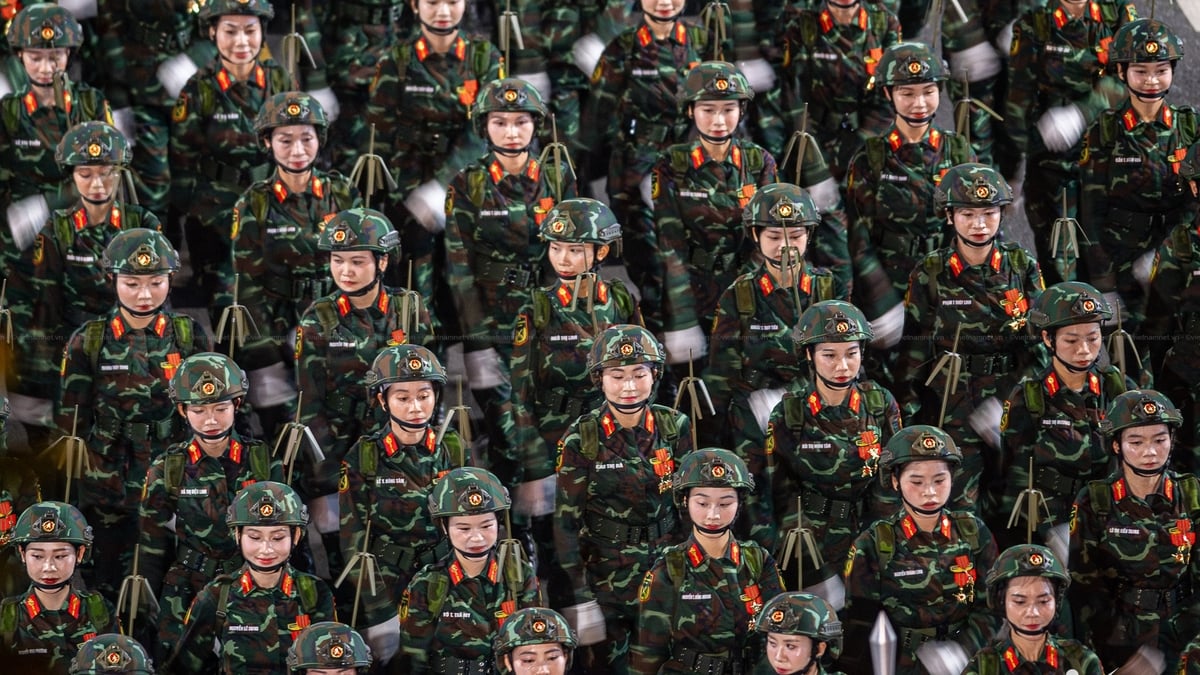
![[Photo] General Secretary To Lam attends the 80th anniversary of Vietnam's diplomacy](https://vphoto.vietnam.vn/thumb/1200x675/vietnam/resource/IMAGE/2025/8/25/3dc715efdbf74937b6fe8072bac5cb30)

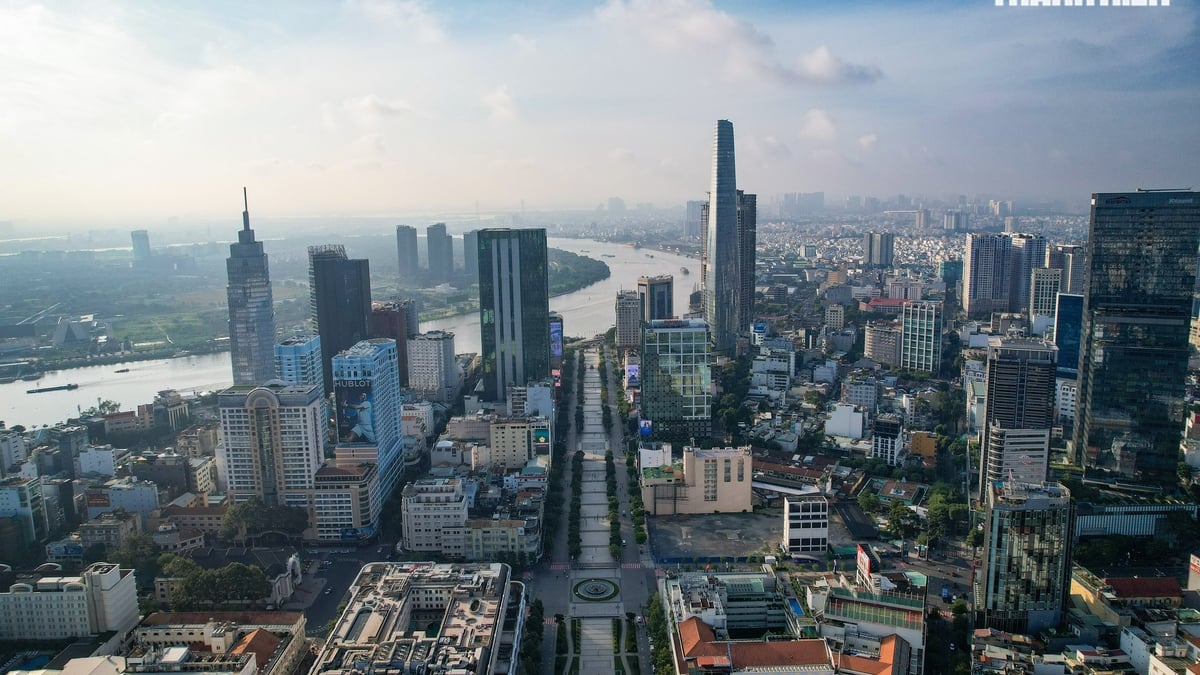
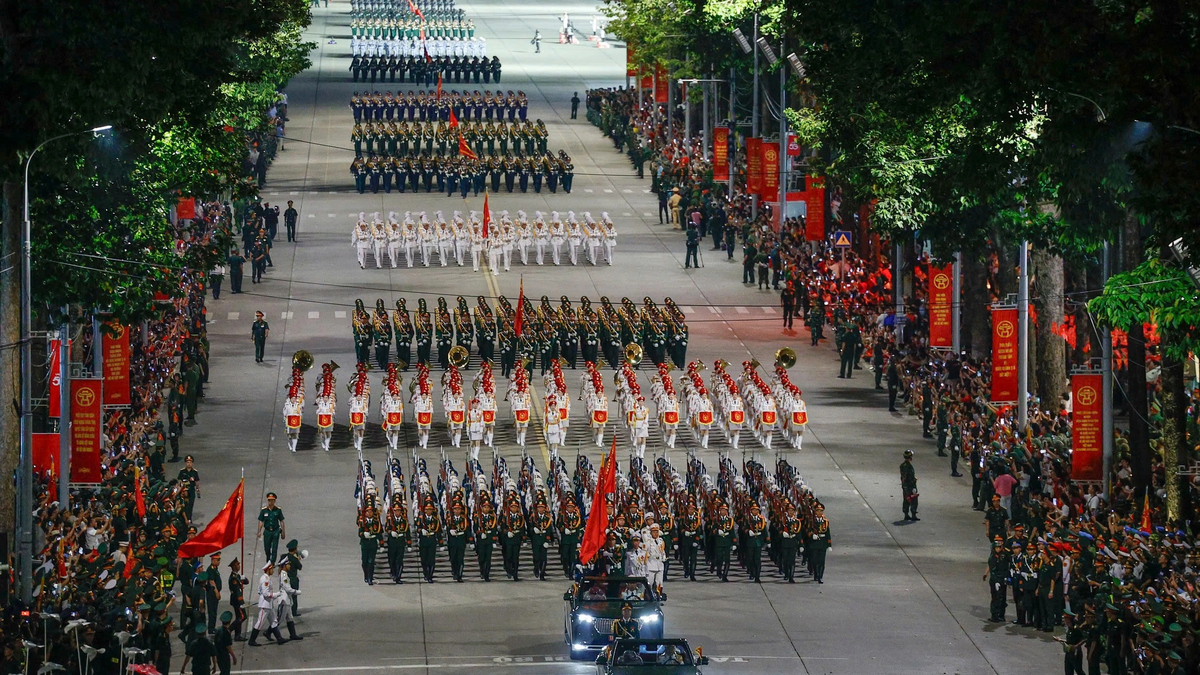
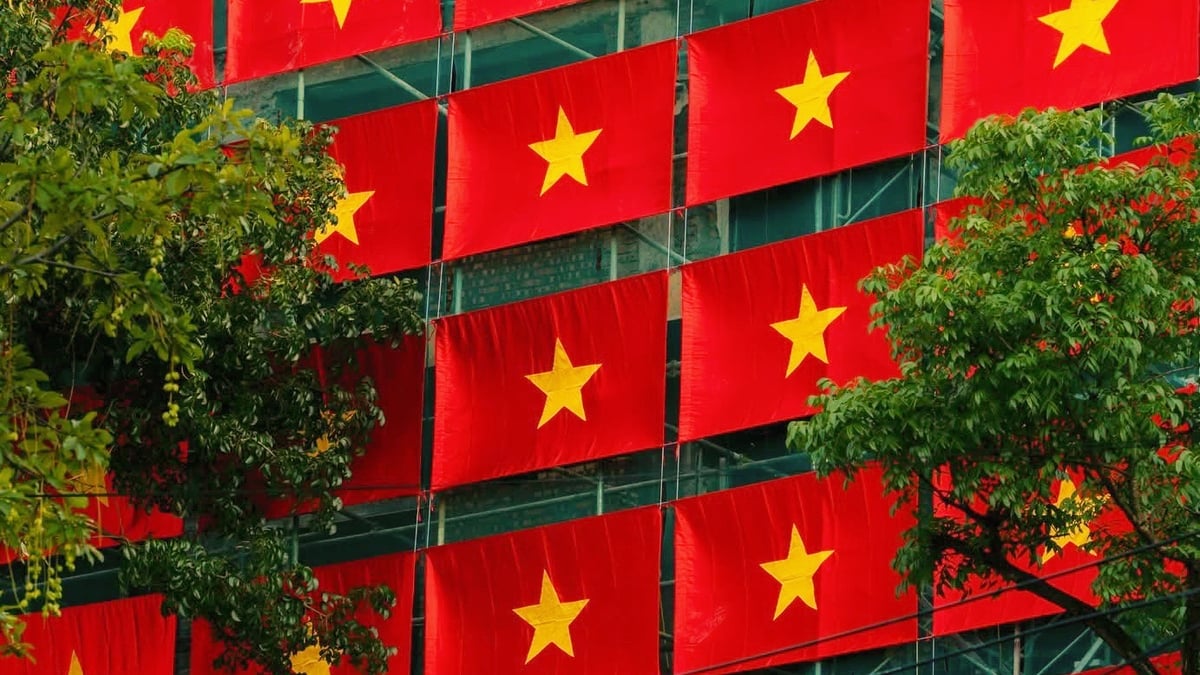


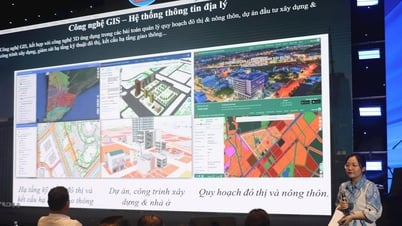

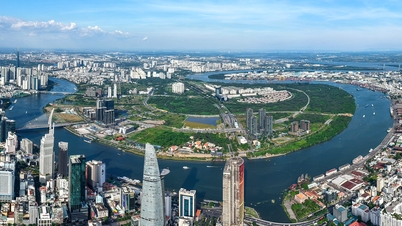




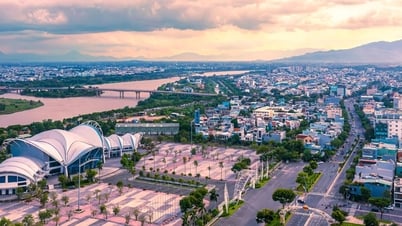
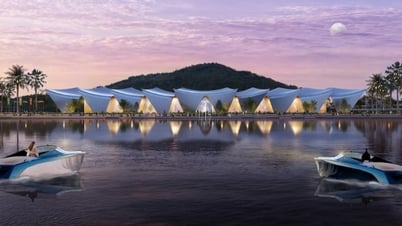

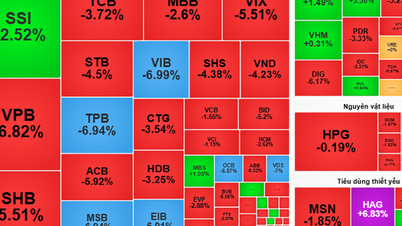

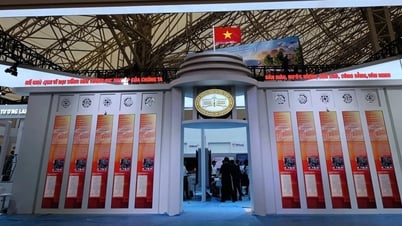
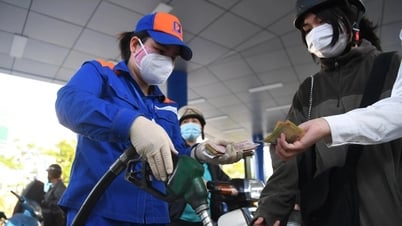
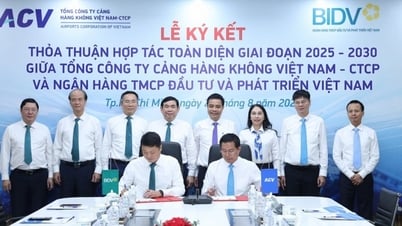












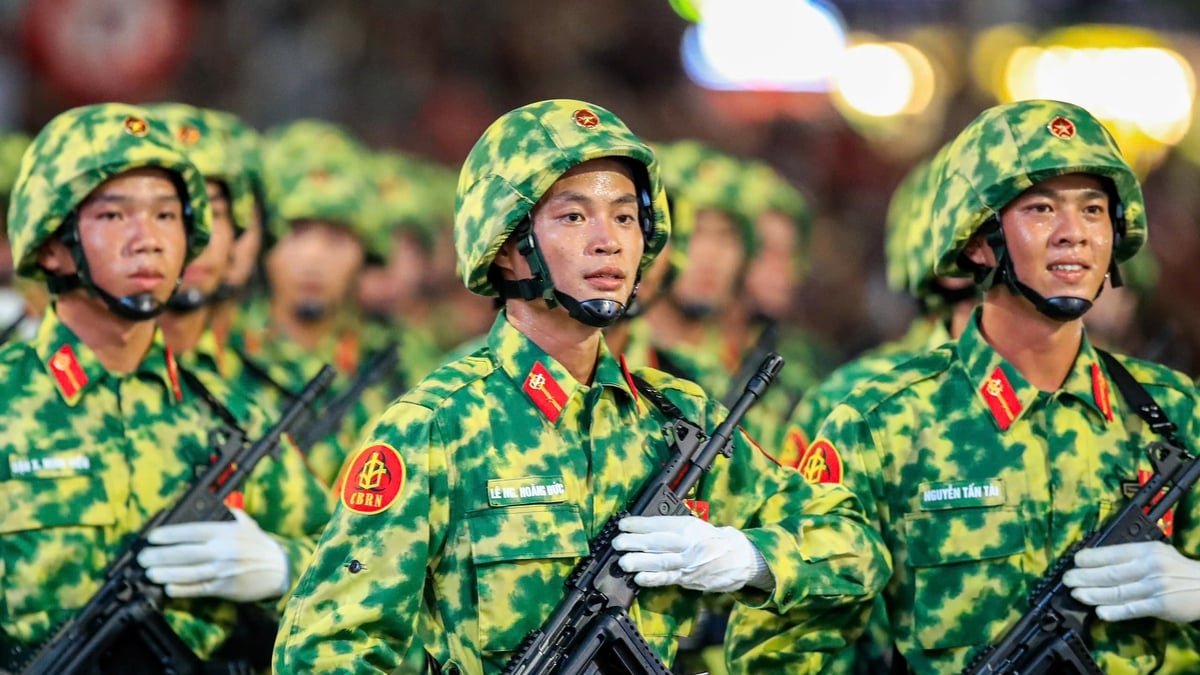





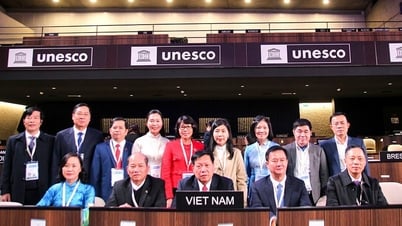

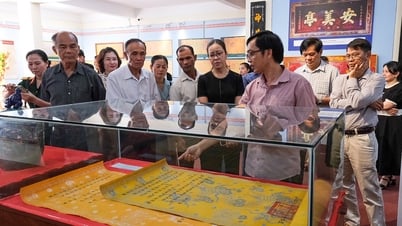

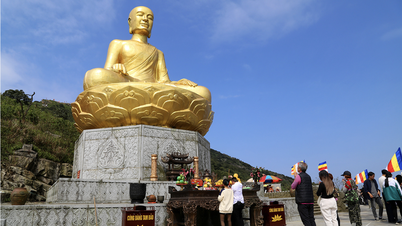
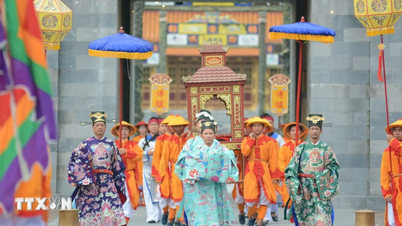








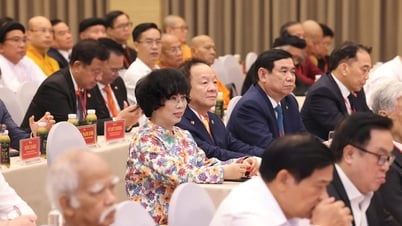

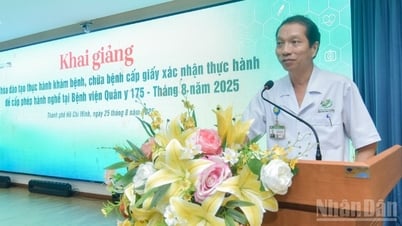



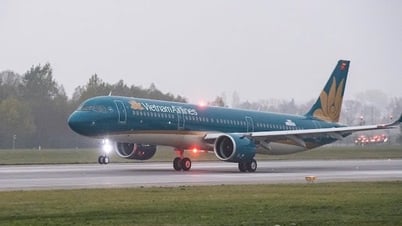
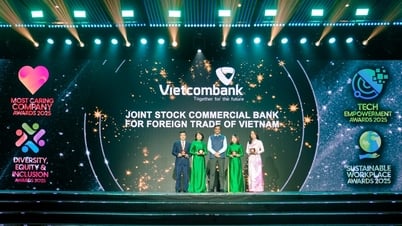
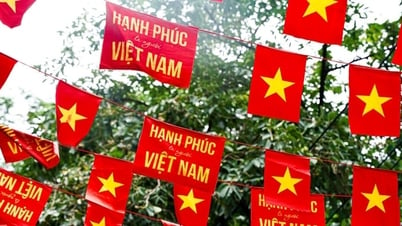

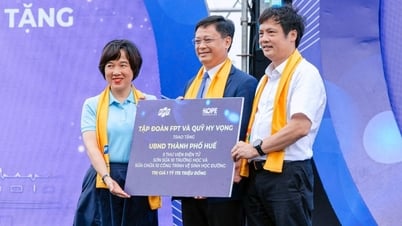
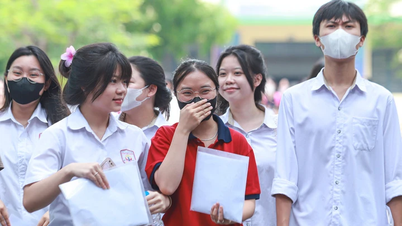


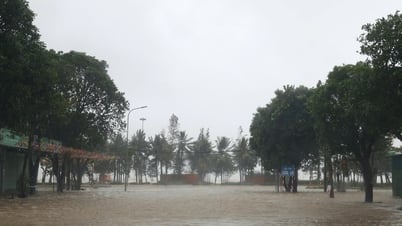

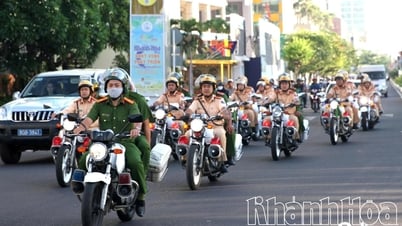

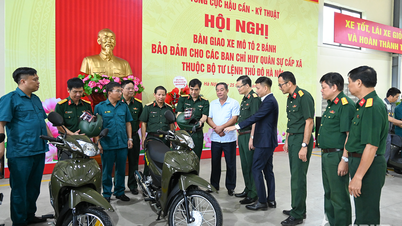
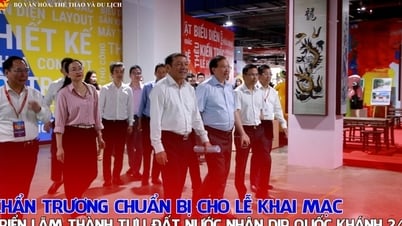


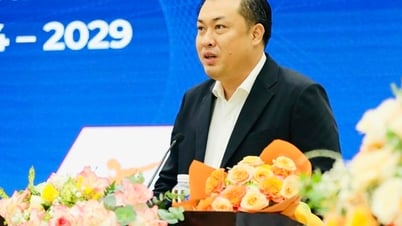

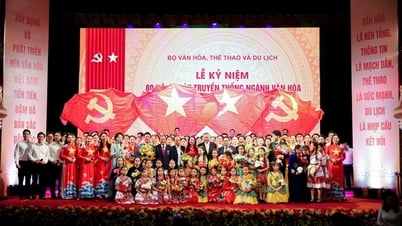
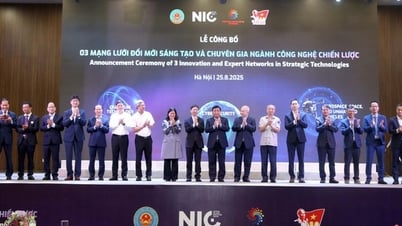

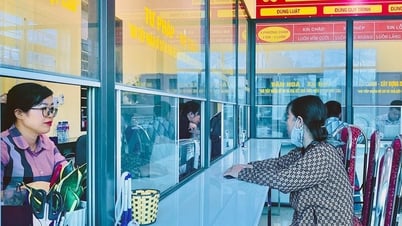

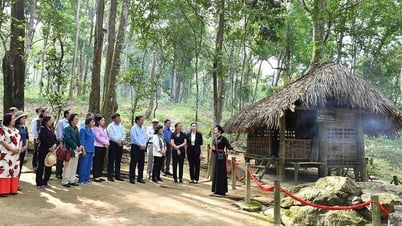
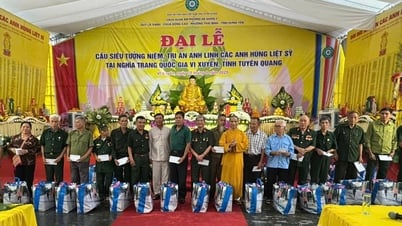


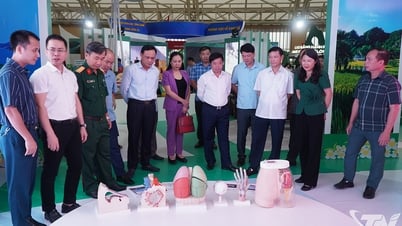

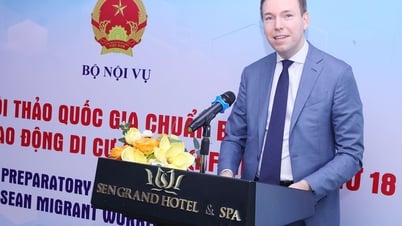




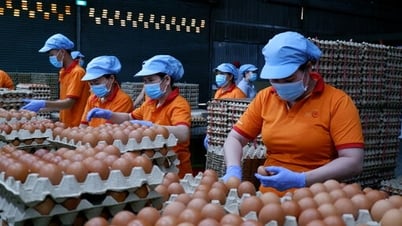

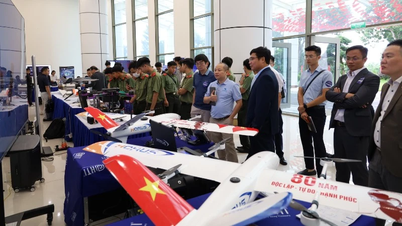

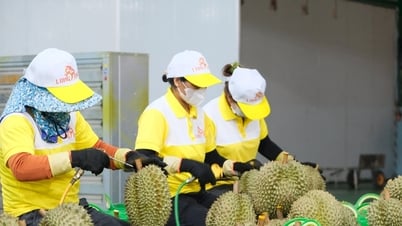






Comment (0)